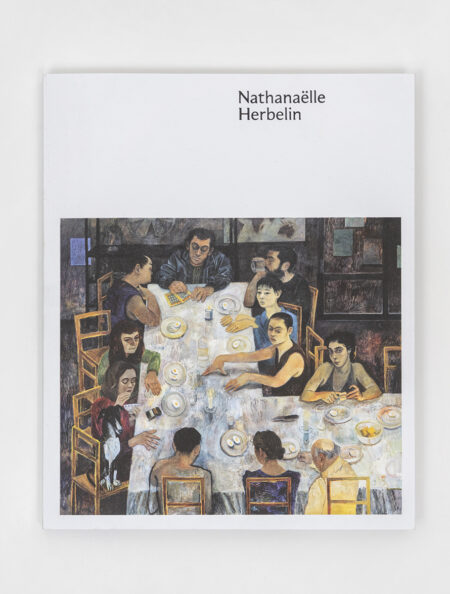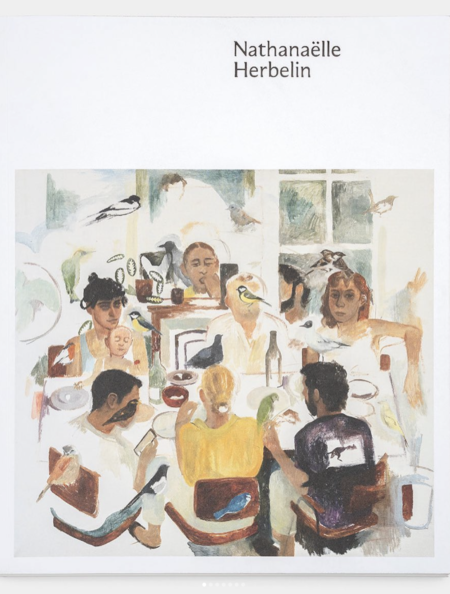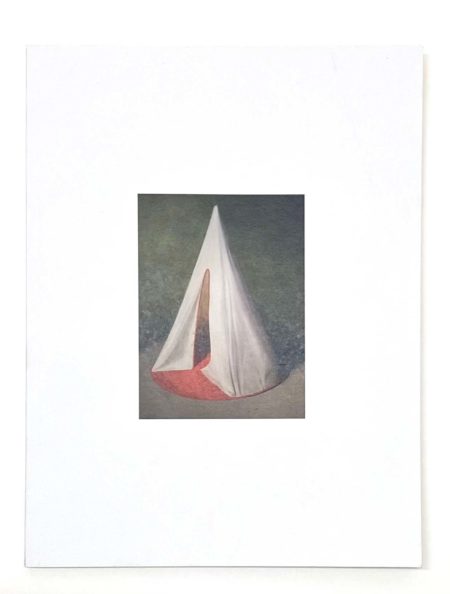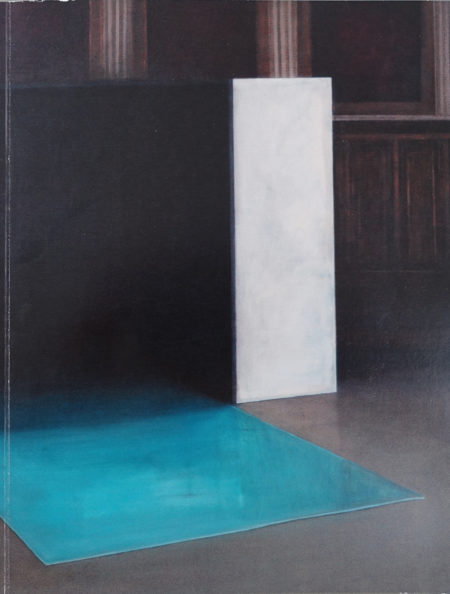Artworks
-
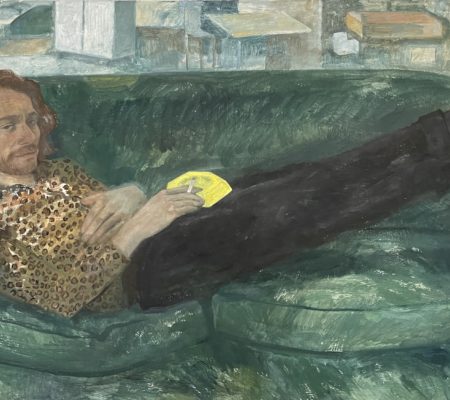 Augustan
Augustan
-
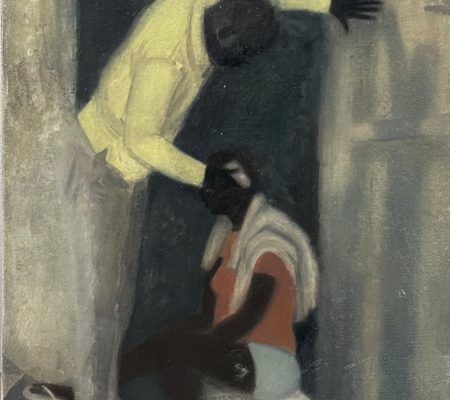 Coup au couloir
Coup au couloir
-
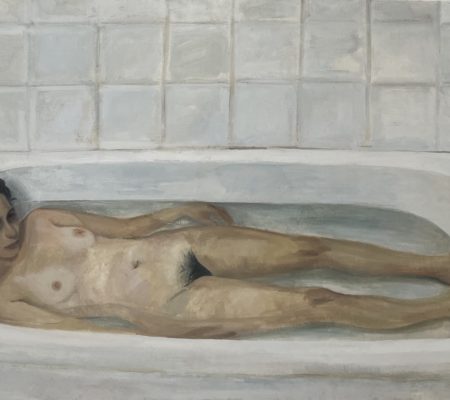 Elene dans la baignoire
Elene dans la baignoire
-
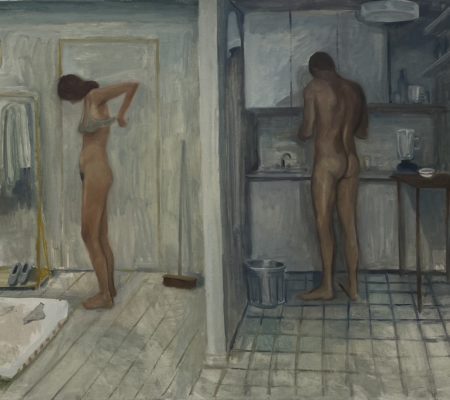 Le couple
Le couple
-
 L’israelien
L’israelien
-
 Madeleine et Clément, version 3
Madeleine et Clément, version 3
-
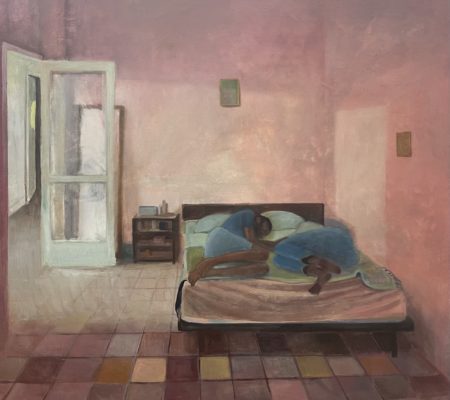 Par manque
Par manque
-
 Cour intérieure
Cour intérieure
-
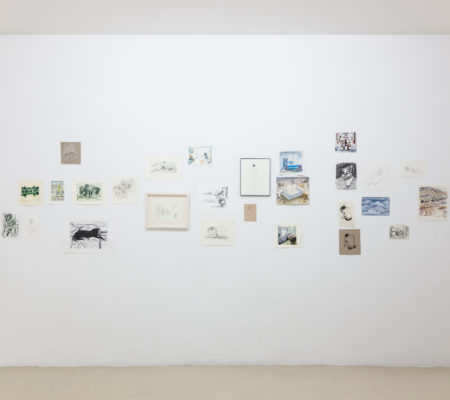 drawings
drawings
-
 Madeleine et Clément
Madeleine et Clément
-
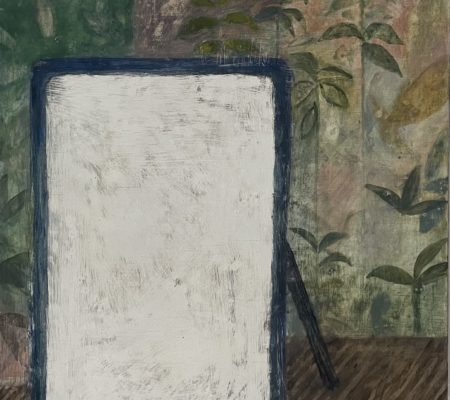 Miroir
Miroir
-
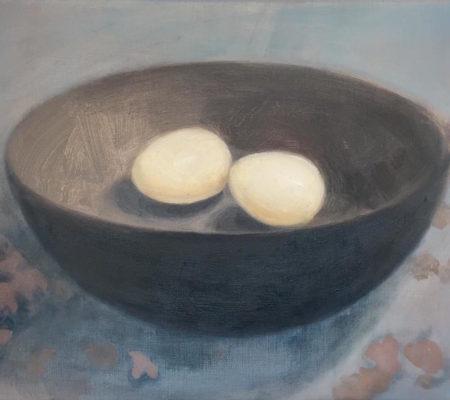 Oeufs
Oeufs
-
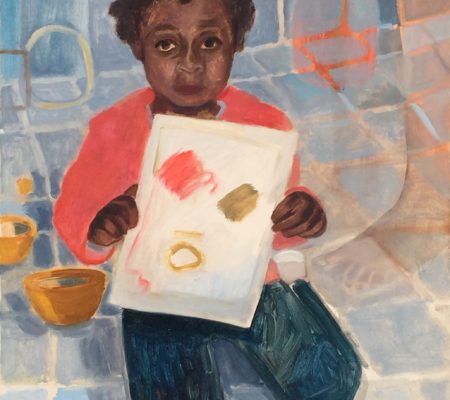 Sinit
Sinit
-
 His room
His room
-
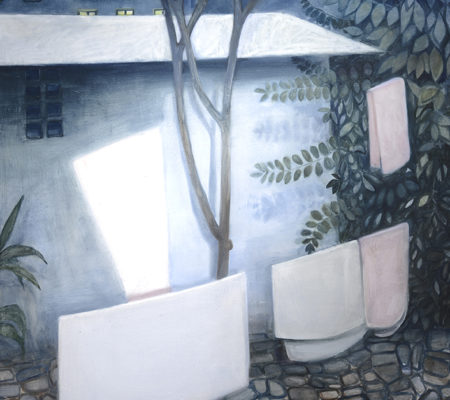 Levanda
Levanda
-
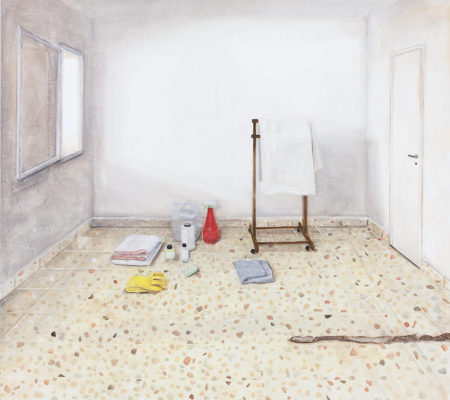 Arad
Arad
-
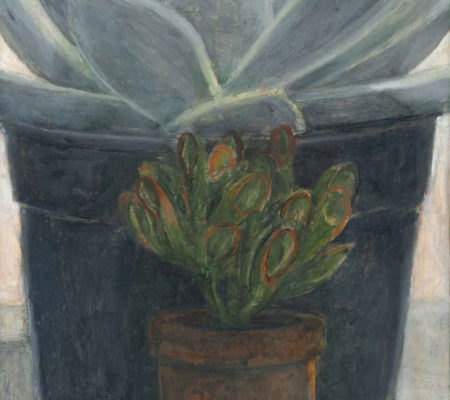 Fat plant
Fat plant
-
 (La Conférence des) Oiseaux de Paris et de sa banlieue
(La Conférence des) Oiseaux de Paris et de sa banlieue
-
 L’homme à la douche
L’homme à la douche
-
 Paon
Paon
-
 Sœur
Sœur
-
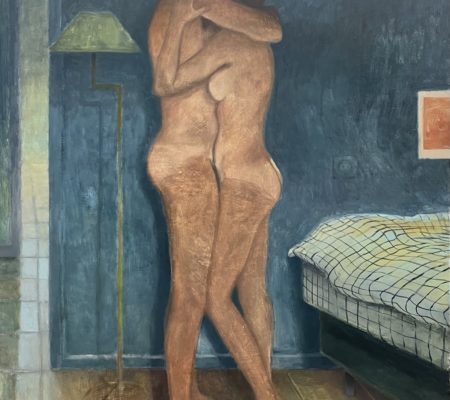 Sur la base d’une promesse
Sur la base d’une promesse
-
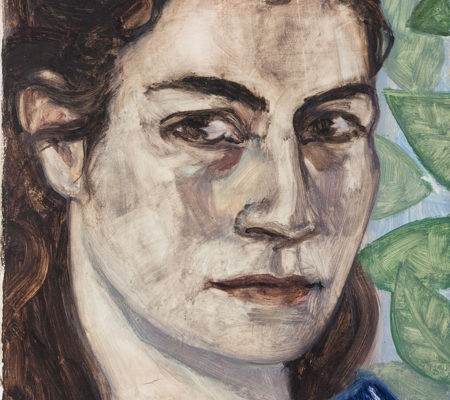 Autoportrait
Autoportrait
-
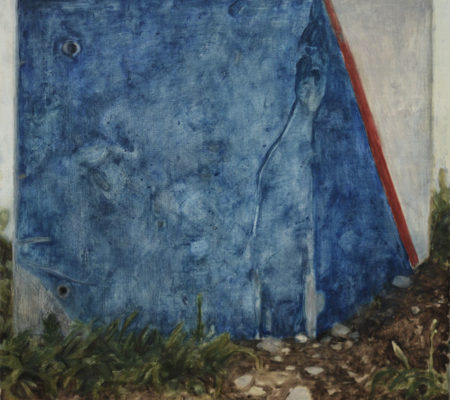 Borne Bleue
Borne Bleue
-
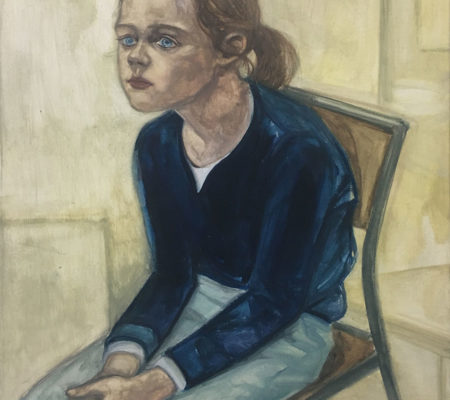 Garance
Garance
-
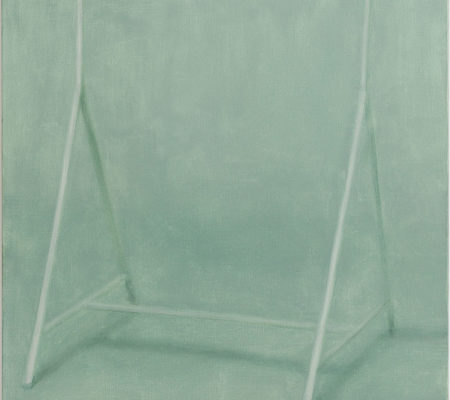 Portant
Portant
-
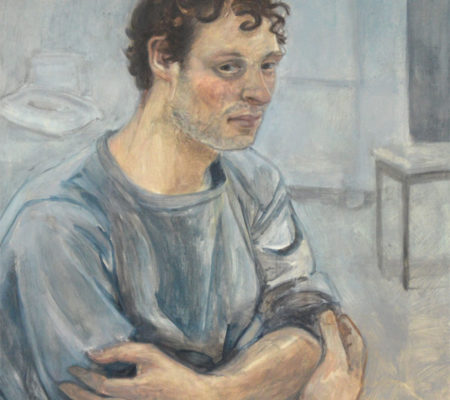 Vincent
Vincent
-
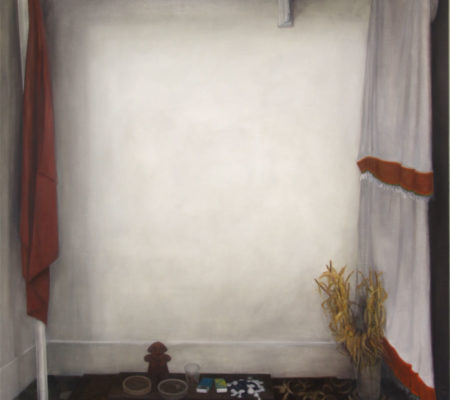 Temple
Temple
-
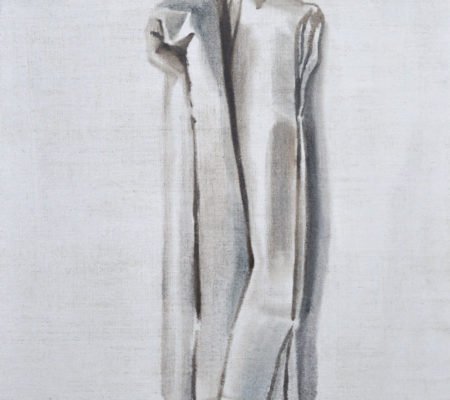 À Jean Luc Vilmouth
À Jean Luc Vilmouth
-
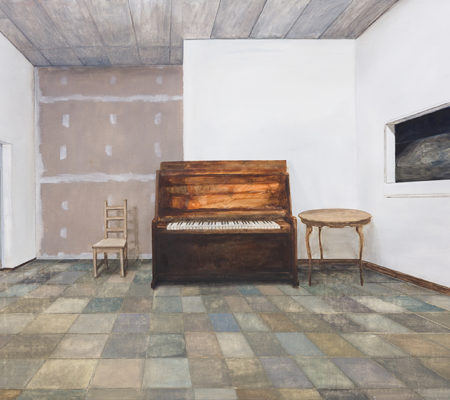 New York
New York
-
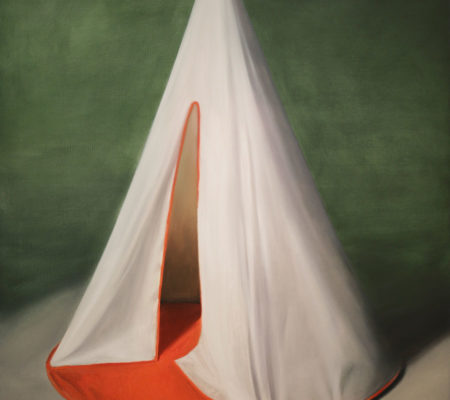 Tippy
Tippy
-
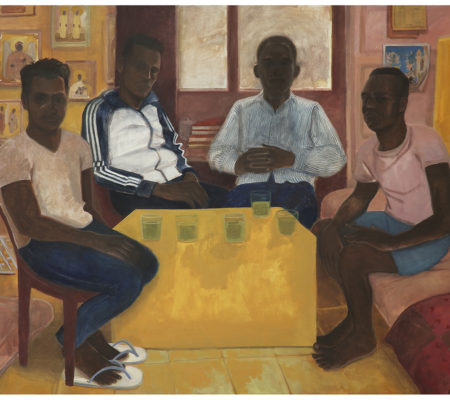 Michel, Emmanuel, Berhe and Zina, Levanda 1
Michel, Emmanuel, Berhe and Zina, Levanda 1
-
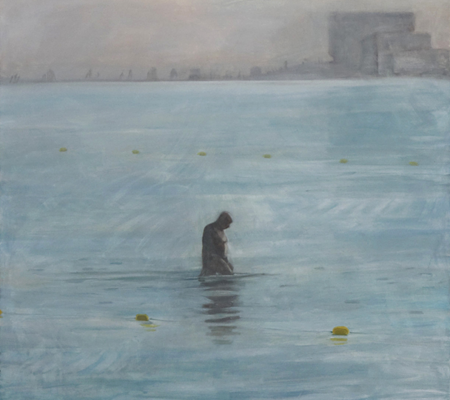 Le port de Jaffa
Le port de Jaffa
-
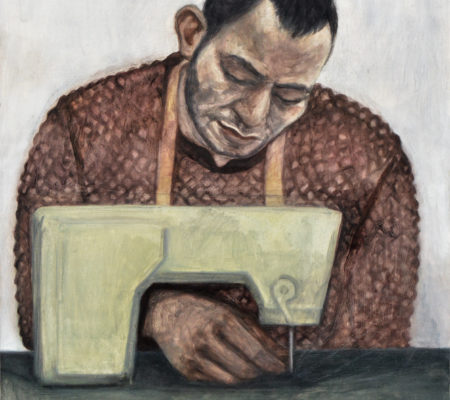 Ahmed
Ahmed
-
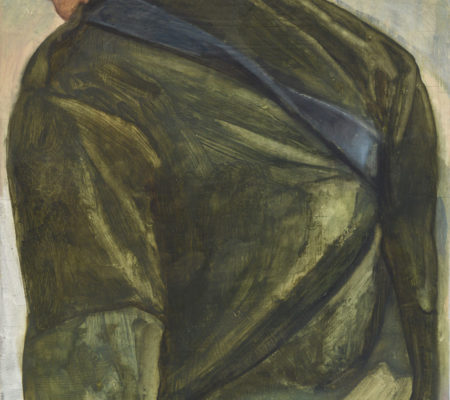 Soldat
Soldat
-
 Le pouvoir et ses petites perversités
Le pouvoir et ses petites perversités
-
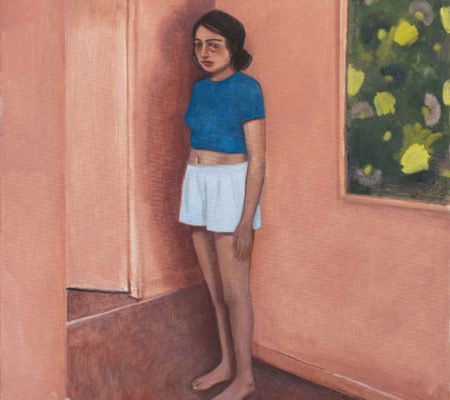 Zhenia
Zhenia
-
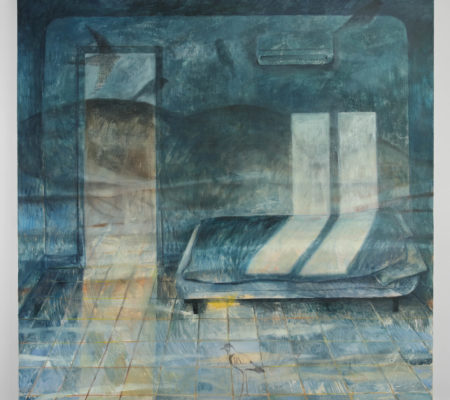 Mental landscape
Mental landscape
-
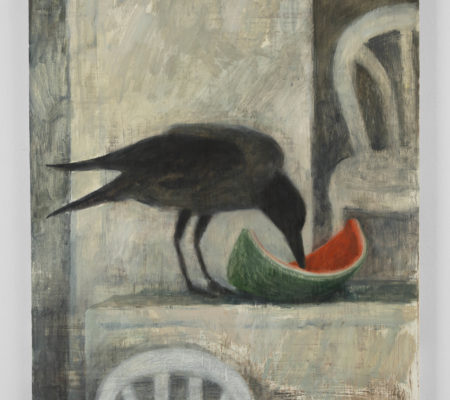 Orev
Orev
-
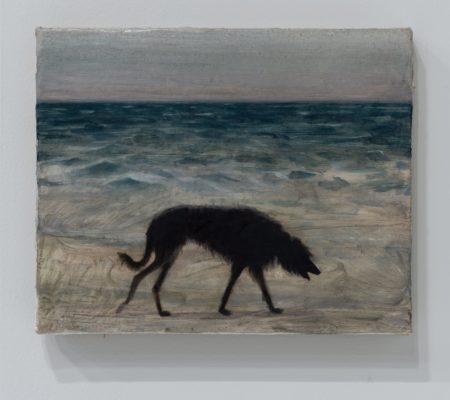 Le chien version 1
Le chien version 1
-
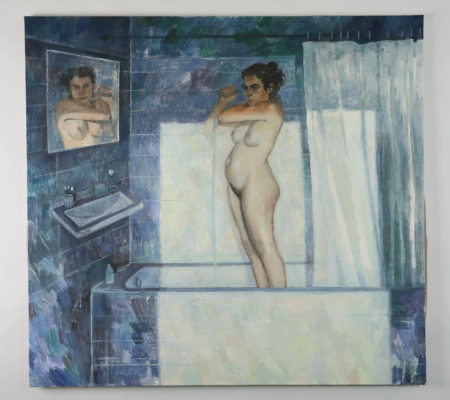 Être ici est une splendeur
Être ici est une splendeur
Exhibitions
-
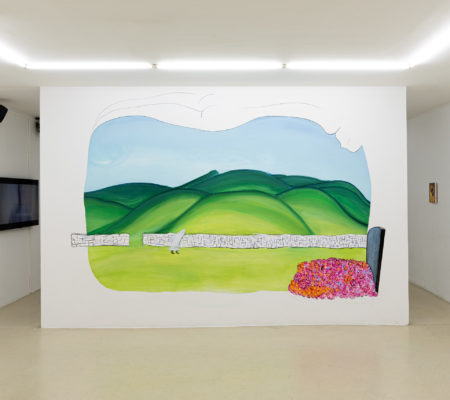 In situ
Sophie 1 Feb 2024 - 24 Feb 2024
In situ
Sophie 1 Feb 2024 - 24 Feb 2024
-
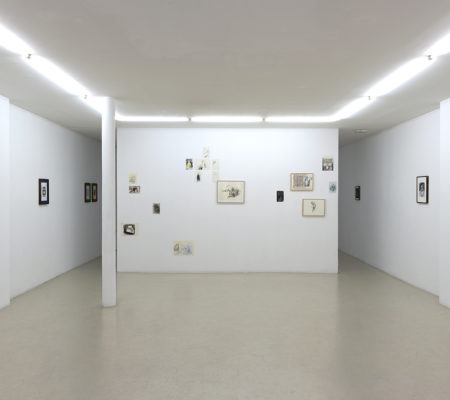 In situ
IANUA 3 Feb 2022 - 26 Feb 2022
In situ
IANUA 3 Feb 2022 - 26 Feb 2022
-
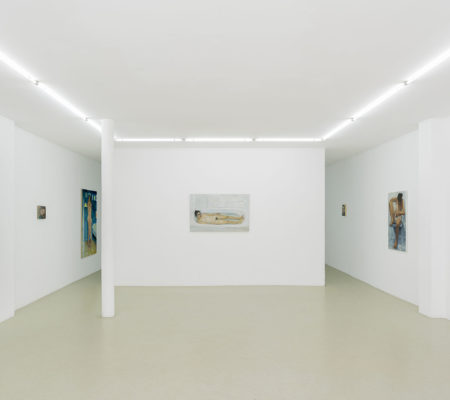 In situ
NATHANAËLLE HERBELIN | Et peut-être que ces choses n’ont jamais eu lieu 3 Jun 2021 - 24 Jul 2021
In situ
NATHANAËLLE HERBELIN | Et peut-être que ces choses n’ont jamais eu lieu 3 Jun 2021 - 24 Jul 2021
-
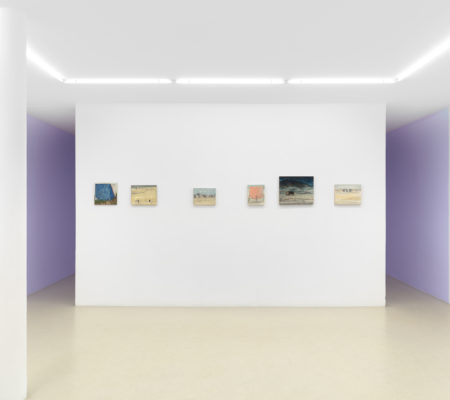 In situ
Tentatives de positionnement 16 Jan 2021 - 27 Feb 2021
In situ
Tentatives de positionnement 16 Jan 2021 - 27 Feb 2021
-
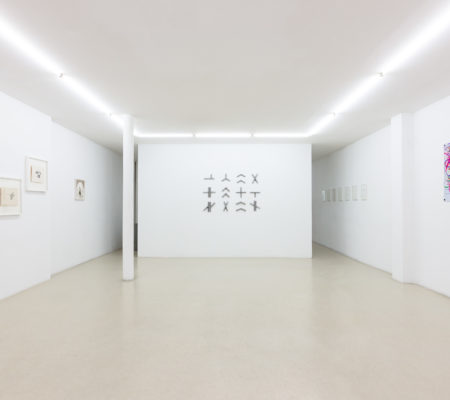 In situ
Reality Is Not What It Seems 29 Feb 2020 - 6 Jun 2020
In situ
Reality Is Not What It Seems 29 Feb 2020 - 6 Jun 2020
-
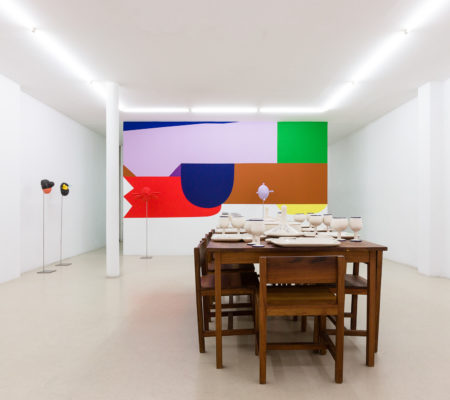 In situ
Home is a home is a home is a home. 30 Nov 2019 - 11 Jan 2020
In situ
Home is a home is a home is a home. 30 Nov 2019 - 11 Jan 2020
-
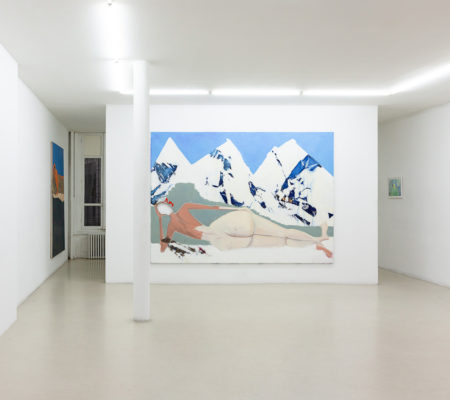 In situ
Mais pas du tout, c’est platement figuratif ! Toi tu es spirituelle mon amour !* 26 Jan 2019 - 16 Mar 2019
In situ
Mais pas du tout, c’est platement figuratif ! Toi tu es spirituelle mon amour !* 26 Jan 2019 - 16 Mar 2019
-
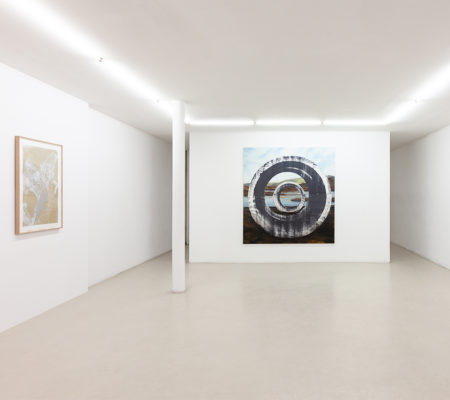 In situ
JENNIFER CAUBET l NATHANAËLLE HERBELIN l SEULGI LEE l EVA NIELSEN 15 Dec 2018 - 12 Jan 2019
In situ
JENNIFER CAUBET l NATHANAËLLE HERBELIN l SEULGI LEE l EVA NIELSEN 15 Dec 2018 - 12 Jan 2019
-
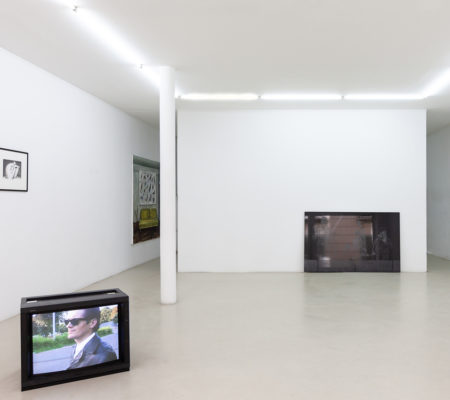 In situ
AFFINITÉ(S) 8 Sep 2018 - 22 Sep 2018
In situ
AFFINITÉ(S) 8 Sep 2018 - 22 Sep 2018
-
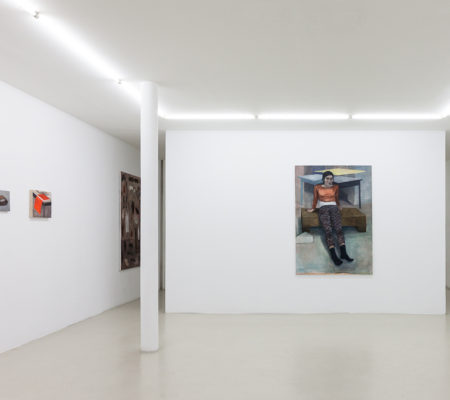 In situ
NATHANAËLLE HERBELIN | Versions 30 Nov 2017 - 6 Jan 2018
In situ
NATHANAËLLE HERBELIN | Versions 30 Nov 2017 - 6 Jan 2018
News
-
 Hors les murs
NATHANAËLLE HERBELIN | CACTUS | VILLA SAUBER à Monaco 6 Jul 2025 - 11 Jan 2026
Hors les murs
NATHANAËLLE HERBELIN | CACTUS | VILLA SAUBER à Monaco 6 Jul 2025 - 11 Jan 2026
-
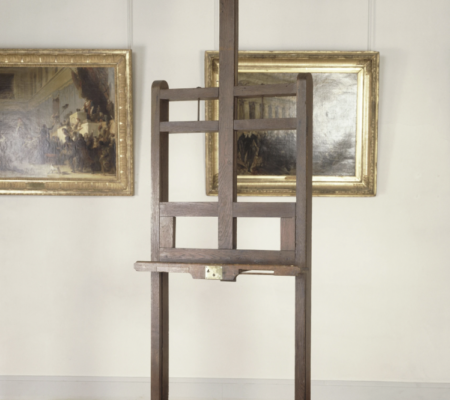 Hors les murs
NATHANAËLLE HERBELIN · TIM EITEL · MADELEINE ROGER-LACAN | COPISTES | Centre Pompidou-Metz 14 Jun 2025 - 2 Feb 2026
Hors les murs
NATHANAËLLE HERBELIN · TIM EITEL · MADELEINE ROGER-LACAN | COPISTES | Centre Pompidou-Metz 14 Jun 2025 - 2 Feb 2026
-
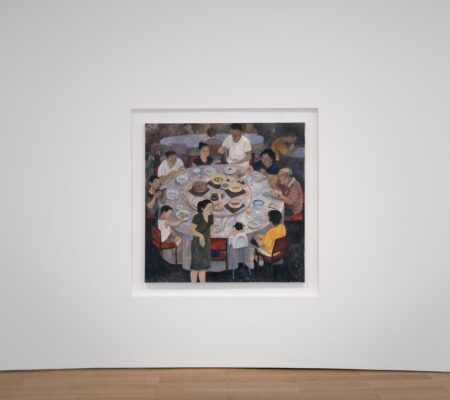 Hors les murs
NATHANAËLLE HERBELIN | Feel the pulse | He Museum 8 Mar 2025 - 5 Jun 2025
Hors les murs
NATHANAËLLE HERBELIN | Feel the pulse | He Museum 8 Mar 2025 - 5 Jun 2025
-
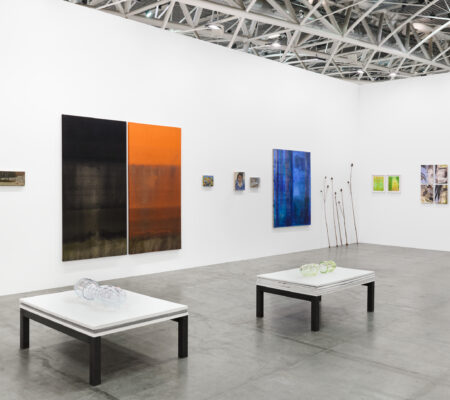 Foire
ARTISSIMA 2024 31 Oct 2024 - 3 Nov 2024
Foire
ARTISSIMA 2024 31 Oct 2024 - 3 Nov 2024
-
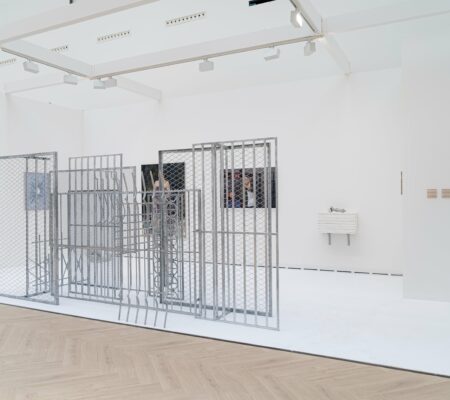 Foire
ART BASEL PARIS 2024 18 Oct 2024 - 20 Oct 2024
Foire
ART BASEL PARIS 2024 18 Oct 2024 - 20 Oct 2024
-
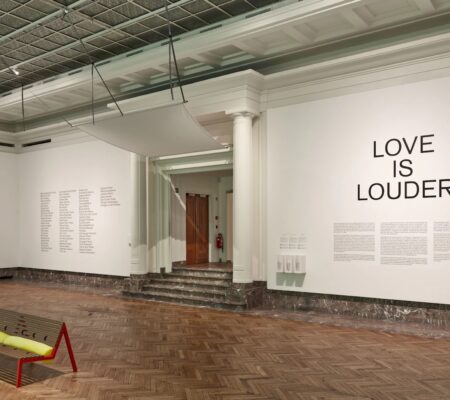 Hors les murs
NATHANAËLLE HERBELIN | Love is Louder | Bozar (Brussels) 12 Oct 2024 - 5 Jan 2025
Hors les murs
NATHANAËLLE HERBELIN | Love is Louder | Bozar (Brussels) 12 Oct 2024 - 5 Jan 2025
-
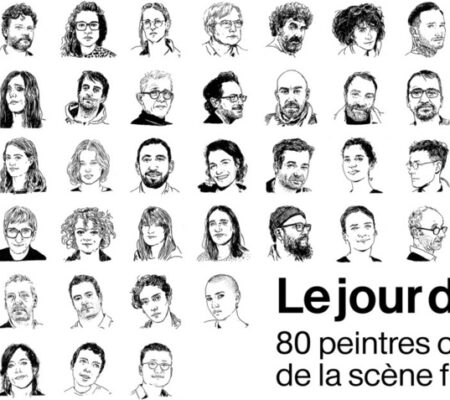 Hors les murs
NATHANËLLE HERBELIN | SIMON MARTIN | Painter’s Day | Musée d’Orsay 19 Sep 2024 - 19 Sep 2024
Hors les murs
NATHANËLLE HERBELIN | SIMON MARTIN | Painter’s Day | Musée d’Orsay 19 Sep 2024 - 19 Sep 2024
-
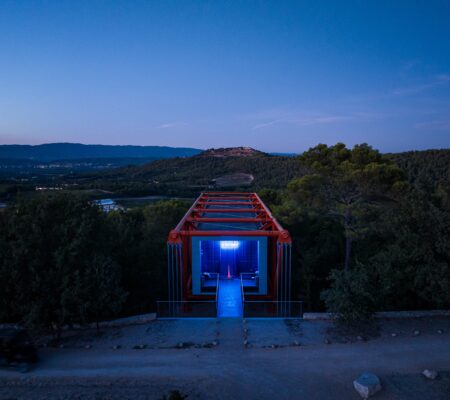 Hors les murs
NATHANAËLLE HERBELIN | VICTOIRE INCHAUSPÉ | SIMON MARTIN | Une chambre à soi | Château La Coste 14 Sep 2024 - 12 Nov 2024
Hors les murs
NATHANAËLLE HERBELIN | VICTOIRE INCHAUSPÉ | SIMON MARTIN | Une chambre à soi | Château La Coste 14 Sep 2024 - 12 Nov 2024
-
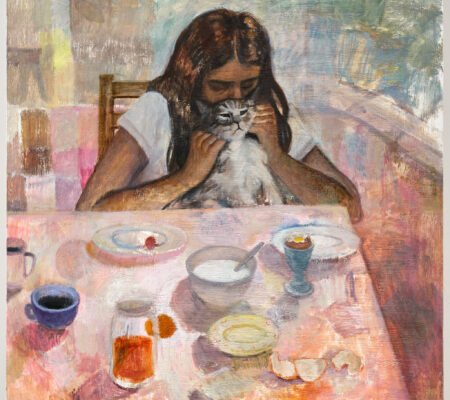 Hors les murs
NATHANAËLLE HERBELIN | Musée d’Orsay 12 Mar 2024 - 30 Jun 2024
Hors les murs
NATHANAËLLE HERBELIN | Musée d’Orsay 12 Mar 2024 - 30 Jun 2024
-
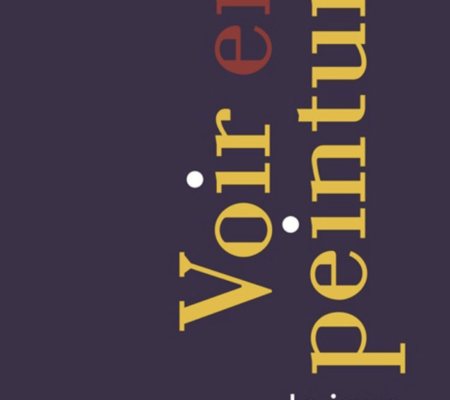 Hors les murs
SIMON MARTIN | NATHANAËLLE HERBELIN | Voir en peinture, la jeune figuration en France 10 Jun 2023 - 17 Sep 2023
Hors les murs
SIMON MARTIN | NATHANAËLLE HERBELIN | Voir en peinture, la jeune figuration en France 10 Jun 2023 - 17 Sep 2023
-
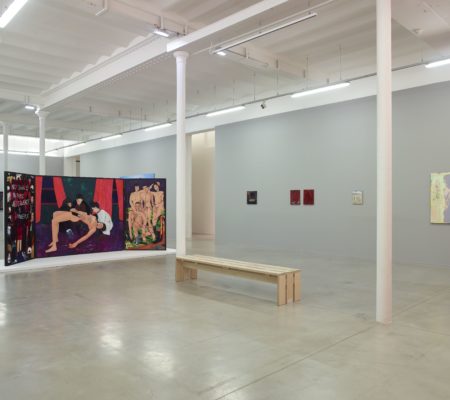 Hors les murs
SIMON MARTIN | NATHANAËLLE HERBELIN | Immortal, Vitality of the Young French Figurative Painting 11 Mar 2023 - 16 May 2023
Hors les murs
SIMON MARTIN | NATHANAËLLE HERBELIN | Immortal, Vitality of the Young French Figurative Painting 11 Mar 2023 - 16 May 2023
-
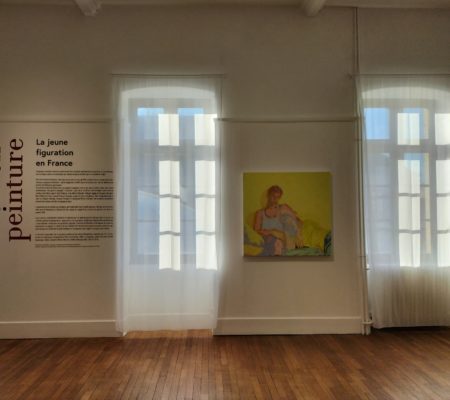 Hors les murs
SIMON MARTIN | NATHANAËLLE HERBELIN | Voir en peinture, la jeune figuration en France 5 Feb 2023 - 28 May 2023
Hors les murs
SIMON MARTIN | NATHANAËLLE HERBELIN | Voir en peinture, la jeune figuration en France 5 Feb 2023 - 28 May 2023
-
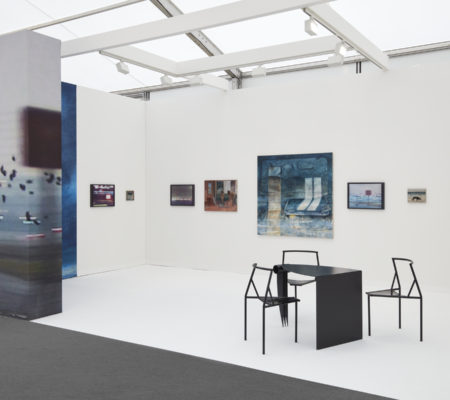 Foire
Paris + by Art Basel | Veillée d’armes 19 Oct 2022 - 23 Oct 2022
Foire
Paris + by Art Basel | Veillée d’armes 19 Oct 2022 - 23 Oct 2022
-
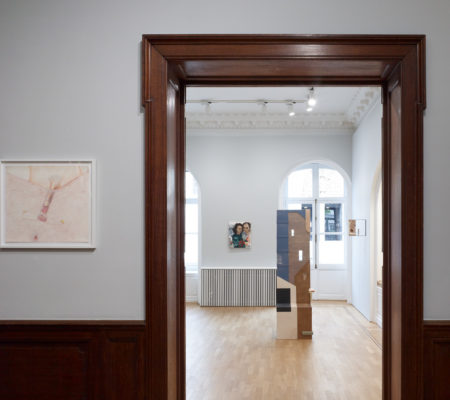 Hors les murs
NATHANAËLLE HERBELIN | JEAN CLARACQ | Il faudrait que je me calme 15 Oct 2022 - 19 Nov 2022
Hors les murs
NATHANAËLLE HERBELIN | JEAN CLARACQ | Il faudrait que je me calme 15 Oct 2022 - 19 Nov 2022
-
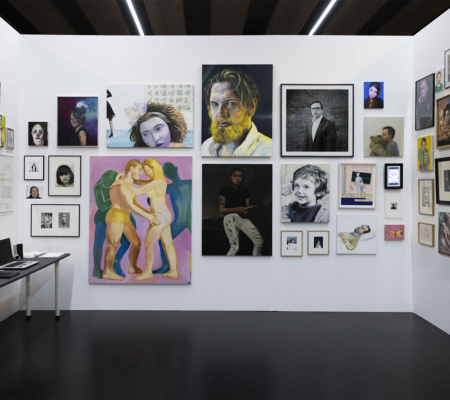 Hors les murs
TIM EITEL | SIMON MARTIN | NATHANAËLLE HERBELIN | L’ami·e modèle 14 Oct 2022 - 12 Dec 2022
Hors les murs
TIM EITEL | SIMON MARTIN | NATHANAËLLE HERBELIN | L’ami·e modèle 14 Oct 2022 - 12 Dec 2022
-
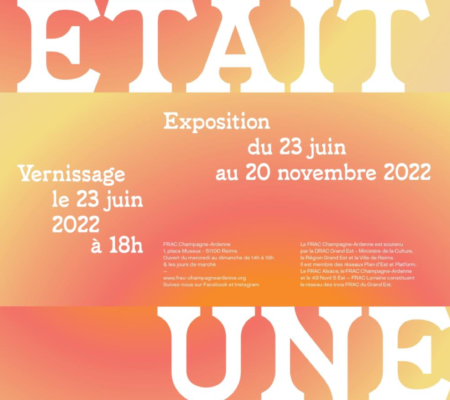 Hors les murs
NATHANAELLE HERBELIN | Il était une fois… 23 Jun 2022 - 20 Nov 2022
Hors les murs
NATHANAELLE HERBELIN | Il était une fois… 23 Jun 2022 - 20 Nov 2022
-
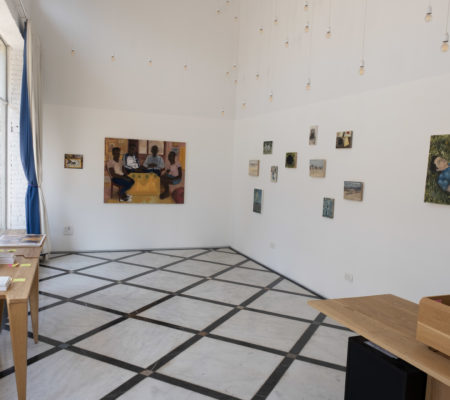 Hors les murs
NATHANAËLLE HERBELIN | À la surface, le fond de l’œil 16 Jun 2022 - 9 Sep 2022
Hors les murs
NATHANAËLLE HERBELIN | À la surface, le fond de l’œil 16 Jun 2022 - 9 Sep 2022
-
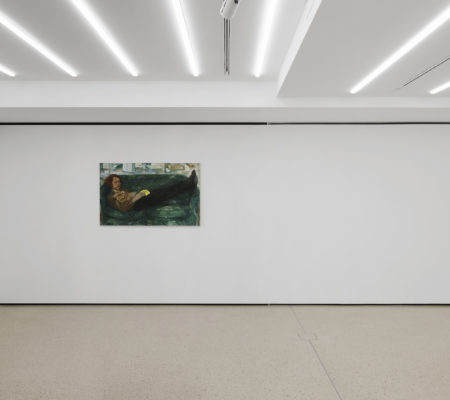 Hors les murs
NATHANAËLLE HERBELIN, SIMON MARTIN | Entre tes yeux et les images que j’y vois * 12 Apr 2022 - 28 May 2022
Hors les murs
NATHANAËLLE HERBELIN, SIMON MARTIN | Entre tes yeux et les images que j’y vois * 12 Apr 2022 - 28 May 2022
-
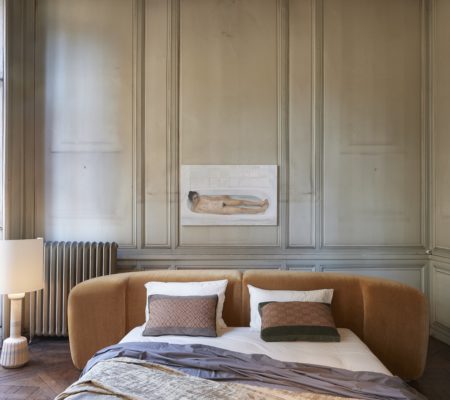 Hors les murs
NATHANAËLLLE HERBELIN | In Situ 19 Oct 2021 - 24 Oct 2021
Hors les murs
NATHANAËLLLE HERBELIN | In Situ 19 Oct 2021 - 24 Oct 2021
-
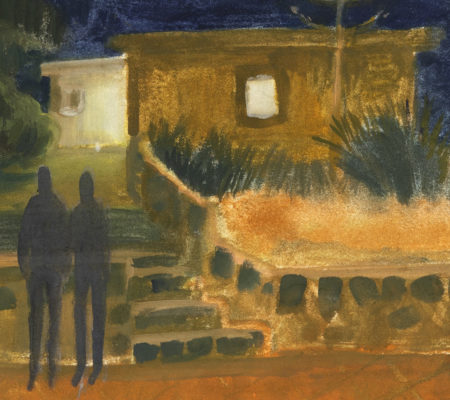 Hors les murs
NATHANAËLLE HERBELIN | Sur le fil 14 Oct 2021 - 21 Dec 2021
Hors les murs
NATHANAËLLE HERBELIN | Sur le fil 14 Oct 2021 - 21 Dec 2021
-
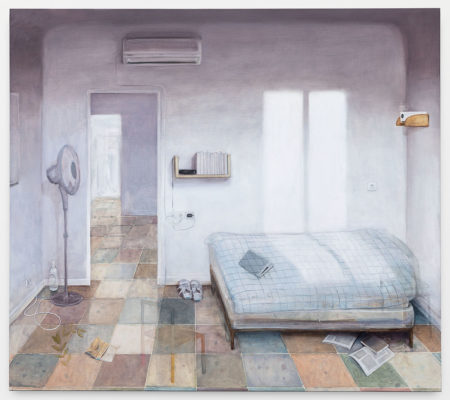 Hors les murs
NATHANAËLLE HERBELIN | Les apparences 20 Jun 2021 - 12 Sep 2021
Hors les murs
NATHANAËLLE HERBELIN | Les apparences 20 Jun 2021 - 12 Sep 2021
-
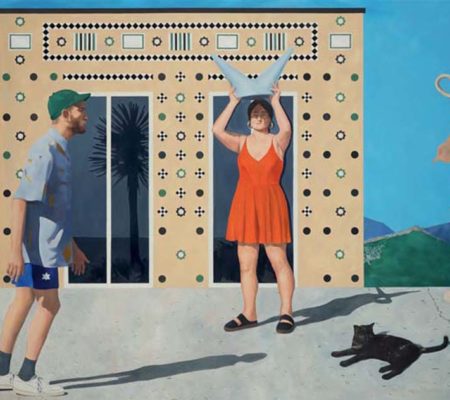 Hors les murs
NATHANAËLLE HERBELIN | Amies, muses, ARTISTES 9 Oct 2020 - 2 Jul 2025
Hors les murs
NATHANAËLLE HERBELIN | Amies, muses, ARTISTES 9 Oct 2020 - 2 Jul 2025
-
 Hors les murs
NATHANAËLLE HERBELIN | Face à la mer 12 Jun 2020 - 12 Sep 2020
Hors les murs
NATHANAËLLE HERBELIN | Face à la mer 12 Jun 2020 - 12 Sep 2020
-
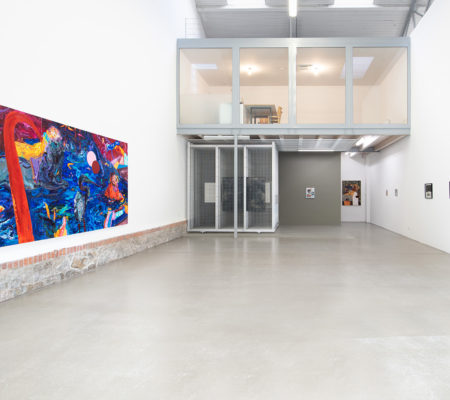 Hors les murs
NATHANAËLLE HERBELIN | J’aime, je n’aime pas 29 Feb 2020 - 28 Mar 2020
Hors les murs
NATHANAËLLE HERBELIN | J’aime, je n’aime pas 29 Feb 2020 - 28 Mar 2020
-
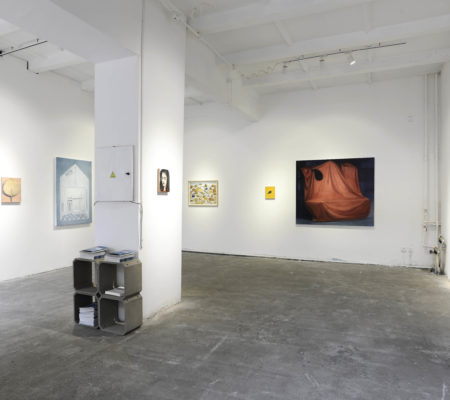 Hors les murs
NATHANAËLLE HERBELIN | Devenir peinture 11 Jan 2020 - 19 Jan 2020
Hors les murs
NATHANAËLLE HERBELIN | Devenir peinture 11 Jan 2020 - 19 Jan 2020
-
 Hors les murs
NATHANAËLLE HERBELIN | Devenir peinture 11 Jan 2020 - 19 Jan 2020
Hors les murs
NATHANAËLLE HERBELIN | Devenir peinture 11 Jan 2020 - 19 Jan 2020
-
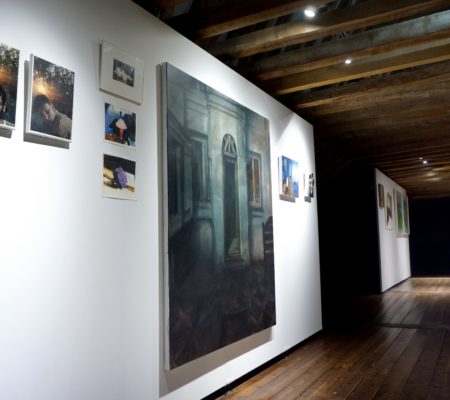 Hors les murs
NATHANAËLLE HERBELIN | Aux sources des années 1980, Eighties & Echoes 9 Jun 2019 - 22 Sep 2019
Hors les murs
NATHANAËLLE HERBELIN | Aux sources des années 1980, Eighties & Echoes 9 Jun 2019 - 22 Sep 2019
-
 Hors les murs
NATHANAËLLE HERBELIN | Position latérale de sécurité 30 Jan 2019 - 20 Apr 2019
Hors les murs
NATHANAËLLE HERBELIN | Position latérale de sécurité 30 Jan 2019 - 20 Apr 2019
-
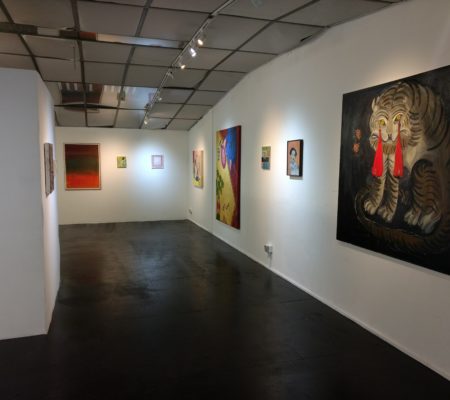 Hors les murs
NATHANAËLLE HERBELIN | Slightly seared on the reality grill 1 Mar 2018 - 4 Mar 2018
Hors les murs
NATHANAËLLE HERBELIN | Slightly seared on the reality grill 1 Mar 2018 - 4 Mar 2018
-
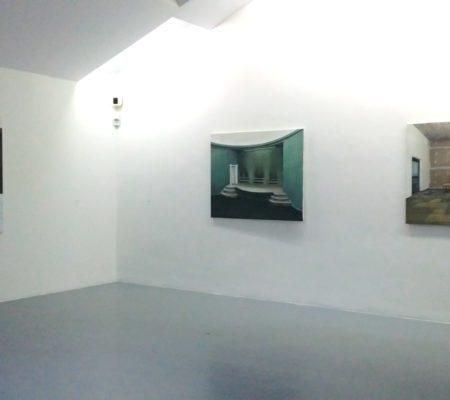 Hors les murs
NATHANAËLLE HERBELIN | Rêvez #2 3 Dec 2017 - 20 May 2018
Hors les murs
NATHANAËLLE HERBELIN | Rêvez #2 3 Dec 2017 - 20 May 2018

